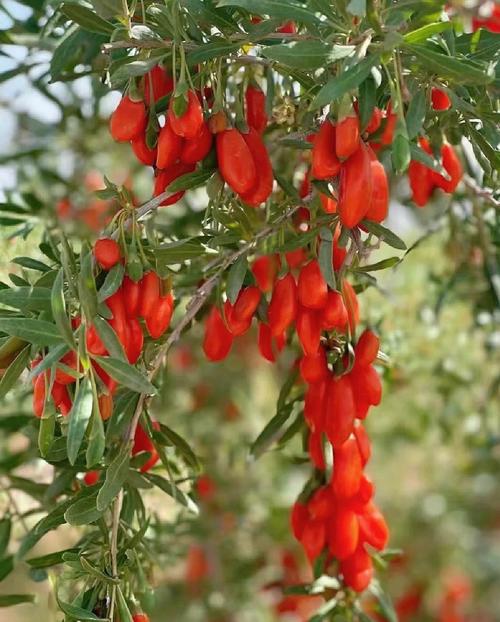Lycium berlandieri seed

Lycium berlandieri: Description and Uses
Overview
Lycium berlandieri, commonly known as Berlandier’s wolfberry, is a deciduous shrub belonging to the nightshade family (Solanaceae). Native to the southwestern United States and Mexico, it thrives in desert ecosystems such as the Sonoran and Chihuahuan Deserts. This shrub can grow up to 2 meters tall, with an extensive root system that helps stabilize soils in arid regions. It features spiny branches, bell-shaped flowers, and juicy red berries.
Ecological Role
This species plays a significant role in its habitat. The fruits are a vital food source for birds and rodents, while the shrub itself provides cover and nesting sites for species like Gambel’s quail. It is also used in ecological restoration projects due to its ability to thrive in poor, saline soils.
Edible and Medicinal Uses
The berries of Lycium berlandieri are rich in nutrients, including vitamins A, C, and E, as well as flavonoids and fatty acids. Traditionally, Native Americans consumed the berries fresh or dried and used them in beverages and stews. Medicinally, the plant has been noted for its potential in reducing cancer risk and offering general health benefits.
Cultural and Material Uses
In addition to its culinary and medicinal applications, the plant’s roots help prevent soil erosion. It is also occasionally used as a security screen due to its thorny branches.
Cultivation
Lycium berlandieri is drought-tolerant and well-suited to sandy or alkaline soils. It prefers sunny locations and can survive in saline conditions. It is propagated through seeds, cuttings, or division of suckers.
Conclusion
Lycium berlandieri is a resilient plant with significant ecological, nutritional, and medicinal value, making it a valuable asset in arid land management and conservation efforts.
